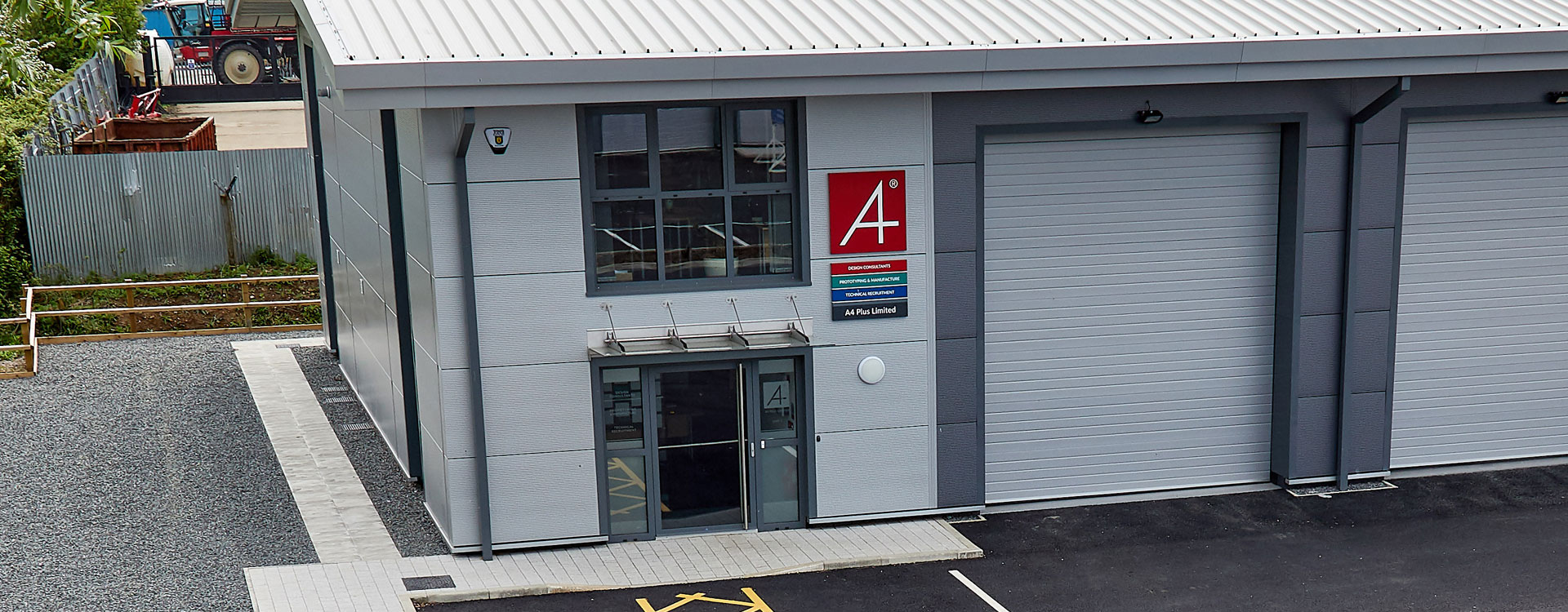

How Do You Employ Staff During Coronavirus Lockdown?
OK, so virtual onboarding is nothing new and, of course, onboarding itself isn’t either. Putting the ‘virtual’ element to one side for a moment, it’s easy to think onboarding stops when day one is over and all of the employment paperwork is completed.
But that’s not the case. In fact, many studies have shown that the first few months are crucial to employees deciding to stay long-term. Well organised and planned onboarding improves engagement right from the off.
So, adding the ‘virtual’ element back in, heightens the importance because onboarding is the only way someone has to feel connected to the business. They won’t be walked around an actual office, introduced to people face-to-face, or have the chance of getting to know people, where things are located or defining work routines.
Of course, large companies with perhaps an international presence will, most likely, have a slick, well organised process for welcoming a virtual employee.
But, with the Covid-19 pandemic and the lockdown the UK is now under, smaller businesses who wouldn’t have considered virtual onboarding before, are now having to work differently and welcome new hires without actually shaking their hands. It’s all changed.
So, to help get you started – we’ll just be looking at those first video calls in this blog, rather than the full, on-going onboarding process.
Here’s some help with Virtual Onboarding:
Many, of course, will have decided to postpone new employees starting. But what if they can’t? Or don’t want to? What if waiting for the lockdown to be… well… unlocked, is months and months away? Has that perfect candidate gone?
A Proactive Approach
Without a co-ordinated, proactive approach your shiny new team member will feel distanced, not part of the company and could easily fall into believing that they’re sub-contracted labour and, with that freelance mentality, be ready to jump ship.
Usually, virtual employees are miles apart (even countries apart) from colleagues, and any corporate office, which is different from remote workers who may still be able to join the company with physical human contact and meeting the team.
But with Covid-19 we’re faced with a heady mix of having to work remotely despite, perhaps, being geographically close to the office, and possibly joining the business virtually. So, what to do?
Equipment Needed
So, first things first. Yes, they’ll need to get connected and that may mean using their own laptop or, preferably, you need to send them one.
It’s got to be capable of running the software you need them to use and obviously a camera, microphone and internet connection. They’ll need a Zoom or Skype account, or similar (free for basic use).
Let’s face it, video conferencing is what we’re having to get to grips with right now. Don’t forget to practice making video calls with some colleagues first. The last thing you need is the distraction of trying to figure things out and learning all the bells and whistles. You’ll need to be fully present when virtually onboarding.
Preparation & Planning
Sounds obvious, but plan how the onboarding is going to work. That first ‘meet and greet’ video call – how will it run? How long will it take? If there are several new staff starting at the same time then it will naturally take longer. Who else in the business, other than HR will be involved? Will the MD or CEO want a chance to say a few welcoming words?
It may be that you’ll want to plan several video calls to cover all of the agenda items. That also will keep up interest and engagement and the chance to break. In the same way nobody wants to be subjected to ‘death by PowerPoint’ they won’t want to be turned into ‘zoom’ zombies either.
We’d say no more than five meetings in a single day, so keep in mind if your onboarding needs to cover several subject matters:
- Company introduction
- Key people
- Culture and ethos
- Systems and processes
- Role responsibilities
- Employee validation checks
Include how the company is addressing the pandemic and how staff are supported with perhaps some Government advice on wellbeing, heathy eating, exercise suggestions and some working from home tips.
Of course, the fact that different people may be required will need to be scheduled in and so splitting agenda items handily allows for that and some sections will be quicker than others, but it’s crucial for concentration and comfort that after 45 mins to one hour, there’s a tea/coffee/comfort break, leg stretch and change of scenery rest. Breaks only need be 20 or 30 mins or so, but, on return concentration will be back.
The agenda and entire onboarding ideally needs to be planned, coordinated and executed and administered by one person. That way each speaker isn’t worrying about technicalities, slide decks are loaded, they’re just delivering the message. Remember to provide meeting notifications well in advance with an agenda, this so everyone knows what’s going to happen and how. On the day, agenda jiggling may be necessary to flex around last minute issues, maybe a speaker can’t make the time slot after all. Expect a change or two but hope for none.
Technical Glitches
If you get technical problems – don’t panic. These hopefully won’t happen because you would have done the pre-checks and preparation, but things can and do go wrong (maybe the wi-fi connection is lost or becomes slow, screens go blank, sound or video fails). If you can fix it and re-join great, otherwise you’ll have to get a quick message out of apologies (text, email… whatever works) and re-schedule.
Relationship Building
Despite the current climate, and these meetings being virtual by necessity, they still have the power to connect people together. All new starters, as a group, need to be welcomed to the business and each other. Consider encouraging them to exchange contact details before that first group video conference. Then, when they see each other, it’ll be a chance to put a face to their name.
The first video session will be the toughest, and an ice-breaker is needed, perhaps asking everyone who they are and where they are from. Personal intros involve everyone, creates conversation, provides some warmth and welcomes opportunities to starts those relationships and building connections, it’s often a small world.
Follow Up
Very important to do this, and the rest of the onboarding process. You just need a quick message of thanks, maybe a survey link if you want to process feedback and links to slide decks for recaps. The employment verification will need to be a one to one meeting for ID checks and payroll information etc.
Your Feedback
Are you looking for new staff but are unsure about how to achieve this in such a delicate time? Are you a small business who wouldn’t have considered virtual onboarding before? Perhaps you have already employed during the Coronavirus lockdown, how did this work out for you? What challenges did you face?


